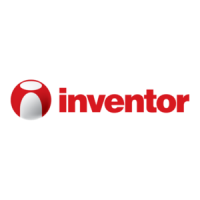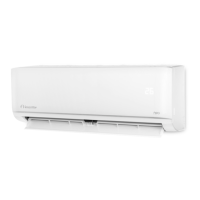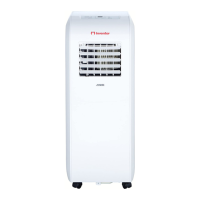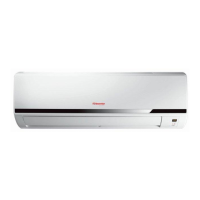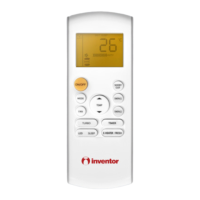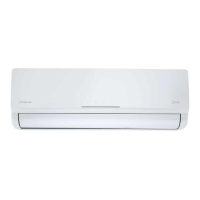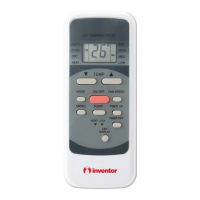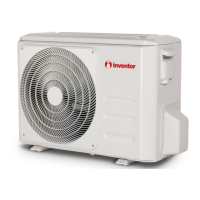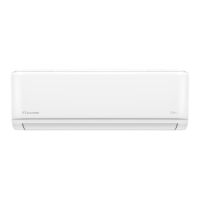
Do you have a question about the INVENTOR N2UVO-09 and is the answer not in the manual?
| Brand | INVENTOR |
|---|---|
| Model | N2UVO-09 |
| Category | Air Conditioner |
| Language | English |
Steps to ensure proper Wi-Fi connection and device compatibility.
System requirements and technical notes for Wi-Fi function.
Important notes about app updates and potential device compatibility issues.
Important warnings regarding connection delays, camera requirements, and app updates.
Instructions and QR codes for downloading the Inventor Control app.
Steps to create a new home, set its location, and manage rooms.
Process to invite a new member, select their role, and send the invitation.
Explanation of roles and permissions for common members and administrators.
Options to change profile photo, nickname, temperature units, time zone, and security settings.
Step-by-step instructions for connecting the device using AP mode.
Using quick actions to change power, temperature, mode, fan speed, and louver swing.
Accessing detailed controls by tapping the air conditioner's photo.
Overview of operational functions like temperature adjustment, power, mode, and fan speed.
Configuring time schedules, temperature units, auto swing, breeze, and special heating modes.
Automating device operation based on conditions, weather, or schedule.
Instructions on creating a new smart scenario using the '+' icon.
Setting up a manual activation condition for smart scenarios.
Automating scenarios based on weather changes.
Automating scenarios based on a weekly timer.
Automating scenarios based on device state changes.
Setting temperature thresholds for weather-based triggers.
Setting humidity levels (Dry, Comfortable, Moist) for weather-based triggers.
Selecting specific weather states (Sunny, Cloudy, Rainy) for triggers.
Triggering scenarios based on sunset or sunrise times.
Triggering scenarios based on PM2.5 air quality levels.
Triggering scenarios based on general air quality levels.
Triggering scenarios based on wind speed.
Automating actions based on device state changes.
Executing specific settings on the AC unit.
Activating or deactivating other saved scenarios.
Alerting users when a scenario is activated.
Introducing a delay before a task is executed.
Creating shortcuts for manual scenarios on the 'My appliances' page.
Optimizing cooling performance based on outdoor temperature.
